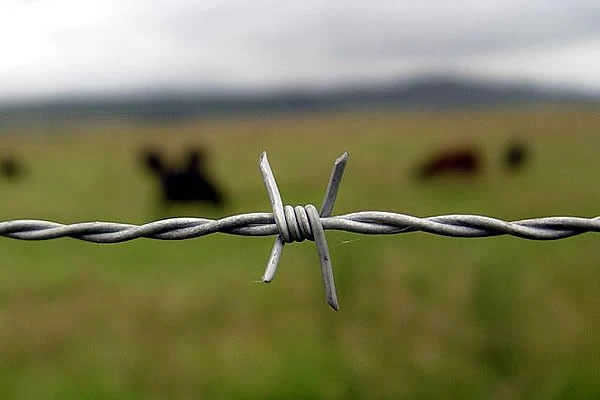 TEL:
+86-13102802206
TEL:
+86-13102802206
 Email:
fencenetting@china.com
Email:
fencenetting@china.com
 Language
Language
 TEL:
+86-13102802206
TEL:
+86-13102802206
 Email:
fencenetting@china.com
Email:
fencenetting@china.com
 Language
Language


Temporary Construction Fencing Importance and Benefits
In the bustling world of construction, safety and security are paramount. This is where temporary construction fencing comes into play. Designed to secure construction sites, protect workers, and ensure public safety, these fences serve numerous critical functions. Understanding the importance and benefits of temporary construction fencing is essential for contractors, site managers, and stakeholders involved in any construction project.
What is Temporary Construction Fencing?
Temporary construction fencing is a barrier that defines the perimeter of a construction site or a designated area. It can be made from a variety of materials, including chain link, plastic, and wood, and is typically modular, allowing for easy installation and removal. Unlike permanent fencing, which is often fixed, temporary fencing is highly adaptable, making it suitable for projects of varying sizes and durations.
Safety and Security
One of the primary functions of temporary construction fencing is to enhance safety on the job site. Construction sites can be hazardous places, with heavy machinery, deep excavations, and various materials that could pose risks to passersby. By erecting a sturdy barrier, contractors can reduce the likelihood of unauthorized access, preventing accidents that could harm both workers and the public.
Moreover, temporary fencing serves to protect the site from theft and vandalism. Construction materials and equipment are often valuable and can be prime targets for thieves. By securing the site with perimeter fencing, contractors can deter criminal activity, which ultimately helps to keep projects on schedule and within budget by minimizing losses.
Defining Boundaries and Workflow
Temporary construction fencing also plays a crucial role in defining the boundaries of a project. By clearly marking the construction zone, it ensures that workers and machinery have designated areas to operate, reducing the chances of accidents caused by overlapping activities. This demarcation helps improve workflow efficiency, as it allows teams to manage their tasks without unnecessary interruptions or hazards.

Additionally, the fencing allows contractors to create controlled access points, ensuring that only authorized personnel can enter the site. This control is essential for maintaining a safe and organized working environment, as well as for monitoring who is on-site at any given time.
Community Relations and Aesthetics
Temporary construction fencing can also contribute positively to community relations. Construction projects can disrupt neighborhoods, leading to frustrations among residents regarding noise, traffic, or debris. By implementing attractive fencing solutions, such as vinyl barriers or mesh banners, contractors can create a more visually appealing barrier that minimizes the disruption and demonstrates a commitment to maintaining a respectful, professional appearance in the neighborhood.
Additionally, fencing can be used as an opportunity for marketing and information dissemination. Contractors can use the surface of the fence to display project information, including timelines, architectural renderings, or other relevant community engagement materials. This practice not only informs the public but can also foster goodwill and improve the overall perception of the construction project.
Compliance with Regulations
In many jurisdictions, temporary fencing is a legal requirement for construction sites. Compliance with local regulations ensures that contractors avoid potential fines and legal issues. By taking the necessary steps to secure their sites, contractors not only protect themselves but also adhere to community standards and regulations designed to promote safety and public welfare.
Conclusion
Temporary construction fencing is an indispensable component of any construction project. With its diverse applications, including enhancing safety and security, defining project boundaries, improving community relations, and ensuring compliance with regulations, it proves to be a vital tool for contractors and site managers. As construction projects continue to evolve, the importance of investing in effective and aesthetically pleasing temporary fencing will remain a priority, supporting both successful project completion and sustainable development practices. In the end, investing in proper fencing not only protects the investment but also contributes positively to the broader community.